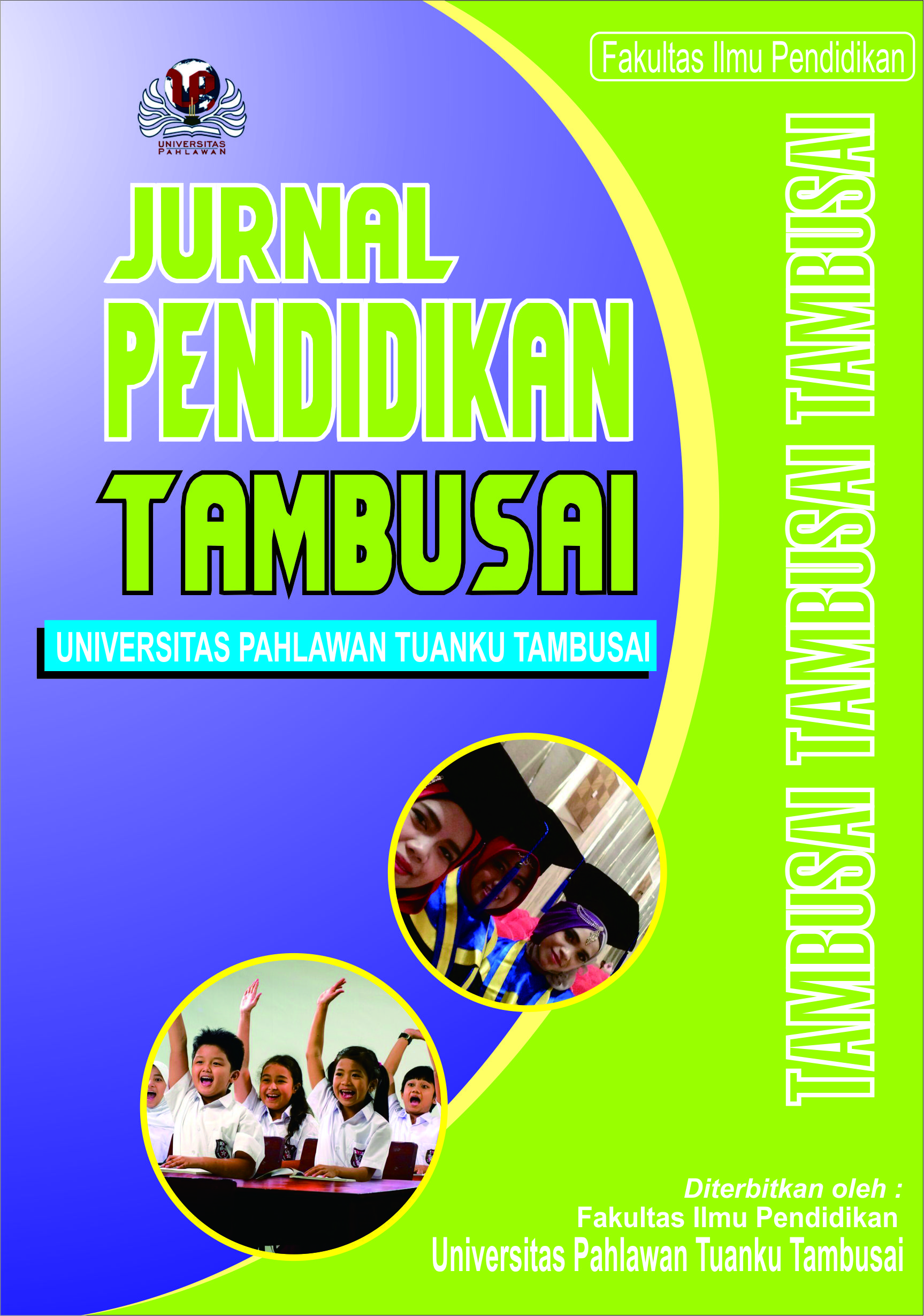Pengembangan Instrumen Asesmen Joint Attention Bagi Anak dengan Spektrum Autis
DOI:
https://doi.org/10.31004/jptam.v8i1.14184Keywords:
Pengembangan Instrumen, Joint Attention, Anak dengan Spektrum AutisAbstract
References
American Psychiatric Association, DSM-5. (2013). Diagnostic and Statistical Manual of Mental Disorders: DSM-5™. Edisi ke-5. Washinton DC: American Psychiatric Publishing
Creswell, J. (2002). Research Design Qualitative, Quantitative, and Mixed Methods. Approaches (Edisi ke-2).
Fanin, D. dan Watson, L. (2015). Social Communication Assessment and Intervention for Children on the Autism Specturm dalam buku Social Communication Developemnt and Disorders .
Fletcher-Watson S., Pain, H., Hammond, S., Humphry, A., McConachie, H. (2016). Designing for young children with autism spectrum disorder: A case study of an iPad app. International Journal of Child Computer Interaction. 7. 1-14
Mendl, J., Frober, K. Dolk, T. (2018). Are You Keeping an Eye on Me? The Influence of Competition and Cooperation on Joint Simon Task Performance. Front Psychol. 2018 9:1361.
Miles, M.B., Huberman, A.M., & Saldana, J. (2014). Qualitative Data Analysis, A. Methods Sourcebook, Edition 3. USA: Sage Publications.
Moll, H. (2013). What We Do and Don’t Know About Joint attention.
Montagut-Asunción, M., Crespo-Martín, S., Pastor-Cerezuela, G., & D'Ocon-Giménez, A. (2022). Joint attention and Its Relationship with Autism Risk Markers at 18 Months of Age. Children (Basel, Switzerland), 9(4), 556.
Mundy, P. C. (2016). Autism and joint attention: Development, neuroscience, and clinical fundamentals. The Guilford Press.
Mundy, P., & Sigman, M. (2006). Joint attention, social competence, and developmental psychopathology. In D. Cicchetti & D. J. Cohen (Eds.), Developmental psychopathology: Theory and method (2nd ed., pp. 293–332). John Wiley & Sons, Inc..
Mundy, P., Novotny, S., Swain-Lerro, L. McIntyre, N., Zajic, M., Oswald, T (2017). Joint-Attention and the Social Phenotype of School-Aged Children with ASD. J Autism Dev Disord.
Mundy, P., Sullivan, L., & Mastergeorge, A. M. (2009). A parallel and distributed-processing model of joint attention, social cognition and autism. Autism research : official journal of the International Society for Autism Research, 2(1), 2–21.
Pierangelo, R., and G. Giuliani. (2006). Assessment in special education: A practical approach. Edisi ke-2. Boston: Allyn and Bacon
Prykanowski, D. A., Gage, N. A., & Conroy, M. A. (2015). Educational Implications of the DSM-5 Criteria for Autism Spectrum.
Rao, S. dan Brenda, G. (2006) Learning through Seing and Doing. Teaching Exceptional Children, 38(6):26-33.
Sunardi & Sunaryo. (2007). Intervensi Dini Anak Berkebutuhan Khusus. Departemen
Pendidikan Nasional. Soendari, T., dan Euis Nani M. (2011). Asesmen dalam Pendidikan Anak Berkebutuhan Khusus. Bandung: CV. Amanah Offset.
Uno, Hamzah B., dan Satria Koni. (2012). Assesment Pembelajaran. Jakarta: PT Bumi Aksara.
Downloads
Published
How to Cite
Issue
Section
Citation Check
License
Copyright (c) 2024 Shinta Nur Safira Azzahra

This work is licensed under a Creative Commons Attribution-ShareAlike 4.0 International License.
Authors who publish with this journal agree to the following terms:
- Authors retain copyright and grant the journal right of first publication with the work simultaneously licensed under a Creative Commons Attribution License that allows others to share the work with an acknowledgement of the work’s authorship and initial publication in this journal.
- Authors are able to enter into separate, additional contractual arrangements for the non-exclusive distribution of the journal’s published version of the work (e.g., post it to an institutional repository or publish it in a book), with an acknowledgement of its initial publication in this journal.
- Authors are permitted and encouraged to post their work online (e.g., in institutional repositories or on their website) prior to and during the submission process, as it can lead to productive exchanges, as well as earlier and greater citation of published work (See The Effect of Open Access).



